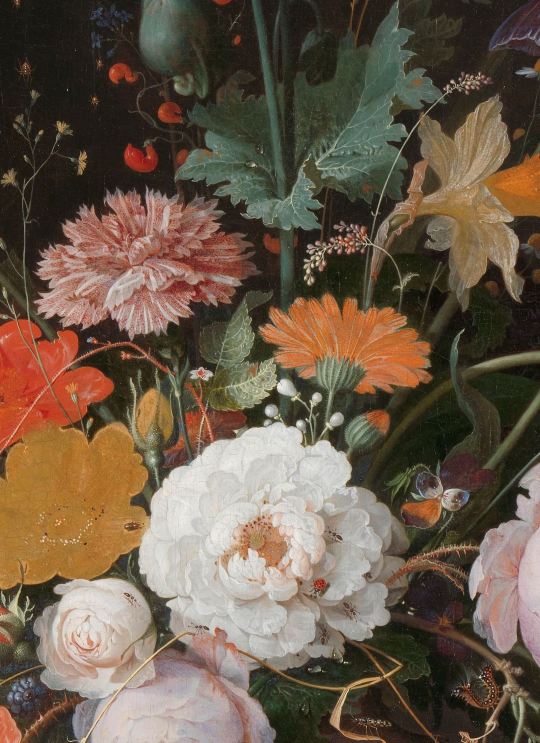Text
PLANTING SEASON Blossom Titles And Botany Facts

Set of Common PLANTING SEASON Flower Names
Anemone
Azalea
Begonia
Bleeding heart
Calla Lily
Creeping Phlox
Crocus
Daffodil
Dahlia
Daisy
Gardenia
Hyacinth
Impatiens
Lilac
Lily of the Valley
Magnolia
Mountain Laurel
Pansy
Peony
Petunia
Primrose
Tulip
Tiger Lily
Rhododendron
Vinca
Wisteria
Tulips
Tulips are perennial and keep coming back every year revealing their green foliage which may be seen approaching through the bottom in the planting season. These wonderful springtime flowers come in several bright colors. They can develop very brief or gleam long-stemmed variety of Tulips. The blossoms from the Tulip are usually formed just like a deep glass with a waxy outside covering. Tulips have hardly any leaves in comparison to other styles of flowers and don't emit an apparent fragrance as many other flowers. You can find out more www.flowersdelivereduk.org.uk
Tulips need an interval of dormancy to be able to thrive. These springtime flowers develop best on the hill or mountainous area that have much longer and cooler springtime seasons and coupled with previously summers to support much longer winters. If Tulips are produced in warmer weather they often have to be replanted yearly. These beautiful springtime plants can be propagated with seed products and offsets. Growing from an offset is a botany term in which a trimming from a mom plant is utilized to create another herb (cloning). However, this technique produces a herb with the very same genetics as the mom flower. When growing Tulips from seed this technique requires five to eight many years of development before they start to flower. That is a considerable reason commercial growers utilize cloning to be able to create flowering vegetation in less than 12 months. However, growing Tulips from seed will most likely create a healthier (more disease resistant and higher variety and newer hybrids.
Oddly enough Tulips derive their name from a Persian origin that includes a meaning of Turban. It's quite common knowledge that Holland and the Netherland area is known as to be the Tulip botany capitol. Many types of Tulips are cultivated and cultivated in this field and delivered all to various countries. Perhaps this is the reason why Holland has been considered the commercial Tulip blossom capitol.
Tulips are another perfectly-known bloom of springtime which blooms relatively early. Like the Daffodil, their rose bulbs are hidden underground guarded throughout the wintertime, so Tulips are a bulbous vegetable as well. These springtime blossoms participate in the blossom family varieties Liliaceae. Amazingly, these beautiful bouquets have an indigenous range that stretches from the north Africa area to northwestern China. Tulips are expanded in multi-colored tulip landscapes, shown in pots and tend to be sold as slice bloom bouquets.
Daffodils
Daffodils are colorful yellow blooms that are generally observed in large organizations or rows throughout the countryside. Sometimes mistakenly named Easter lilies, the daffodil blossom is from the Narcissus category of springtime flowers. A far more accurate name that is directed at these planting season plants is Easter Bell, which hails from the culture in Germany. The Daffodil has a reasonably long trumpet designed center encircled by six sensitive leaves often of the same pale yellowish color but can vary greatly credited to nature's crazy interbreeding of the species springtime flower.
Daffodils are a few of the first springtime plants to protrude up from the bottom in the planting season. These floral shoots often will be the first recognizable indicators of springtime blossoms in past due Feb and early March. Look low close to the ground for green pointed sprouts directed straight up. This growth will most likely protrude through frost or snow protected ground and pressure their way through leaves or another floor cover. The first springtime growth originates from lights that are several ins below the top. Daffodil flower light bulbs have been recognized incorrectly as wild onions before and also have been the reason for poisoning, as these bouquets include a dangerous toxin. After weeks of only viewing the green shoots from the rose light bulb, the daffodil blossoms will start to form.
Creeping Phlox
Creeping phlox is another variety of early blooming springtime plants. This low surface hugging herbaceous herb is perennial and indigenous to the wooded regions of the Appalachian hill range. These multi-colored blooms come in a variety of tones of pale white, light crimson or pale red. Though the plants are rather small they may be many on each cluster plus they create a significant spectacular screen in lawns and backyards.
Creeping phlox are hardy flowering plant life as soon as rooted can withstand considerable trimming throughout the growing season. They can thrive best in shady areas, and thus make a great ground cover around the base of trees. One advantage of these strenuous growing blossoms is the greater they are scaling back, the greater the spread and develop. Creeping phlox often have emerged hanging from rock and roll wall space and spread around the bottom of bigger shrubs to be able to help control weeds and other undesirables from growing near blossom gardens.
There are many dozen types of spring flowers that are loved and cherished by flower horticulturalists around the world. The springtime flower season is an excellent time of the entire year which brings a relaxing and welcome screen of beautiful colored flowers after an extended winter. So certainly it will probably be worth your time and effort to make an effort this springtime to take pleasure from all the vibrant springtime flowers and different scents locally. If you simply reserve a few moments every day to relax and view the stunning flowers around us during the springtime season, the inherited advantages of nature's new life spring brings with it will rejuvenate your heart and mind as well.
1 note
·
View note
Photo

Abraham Mignon, Still Life with Flowers and a Watch (detail), 1660 - 1679. Oil on canvas, 75 × 60 × 8 cm. Rijksmuseum, Amsterdam.
2K notes
·
View notes









